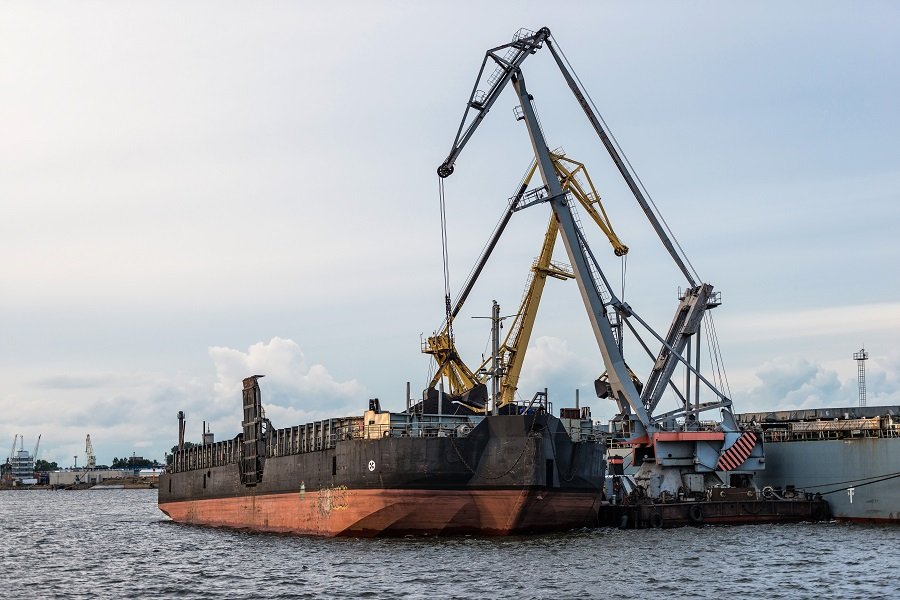Dry cargo market suffers the financial burden of IMO 2020
Dry bulk ship owners bear the financial burden of rising sea fuel costs after IMO 2020, as the rental rates for Panamax ships in the South Atlantic are inversely proportional to the maximum 0.5% sulfur sea fuel prices at major bunkering ports.
Since the introduction of the sea fuel sulfur emissions limit stipulated by IMO, freight rates ($ / mt) on major Panamax grain routes have remained constant; however, time rental (T / C time charter) rates ($ / day) for ships rose in direct proportion with VLSFO prices, and freight gains decreased.
Freight rates – or the price paid by the lessor to move a certain load from one port to another port – include sea fuel costs, so fuel prices are expected to rise and fall as they fluctuate. However, while the transition to low-sulfur fuel that we left behind this year and still continues, freight rates remain constant, T / C rates are increasing. In fact, there is no stable output in T / C ratios. There are temporary fluctuations. As the fuel price rises, it seems that ship owners have to lower their ship’s daily rental rate in order to keep their cruise rates constant.
It is difficult to wait for a stable balance to be established in such a short time. For example, between January 6 and January 17, Singapore’s supply of vessels, with a maximum of 0.5% sulfur, marine fuel (VLSFO) decreased from $ 740 / mt to $ 645 / mt, down 12 percent. Sources of fuel confuse shipowners and the maritime market in general with alternative applications. In a fuel market where there is a manipulative, advantage-oriented regional behavior, balance cannot be mentioned. Another handicap is to push shipowners in a fuel shortage and cause them to buy fuel at high prices. However, it should not be strange that these are the expected behaviors during the transition period.
This wind may blow harder for a while. The one, who is happy with the prices anyway despite they are too high, hurries, puts the fuel at a high price, and doesn’t think of the fear of bunker shortage on board. Another one who expects that fuel prices, which will obviously drop, will fall to reasonable levels, waits. When it has fuel, it does not worry about a week or ten days in advance and reinforces its need in time.. Managing risks caused by decision mechanisms and the disappointments occured within the organization sometimes come before losing money.
Freight and T / C ratios are settled inevitably in a proportional manner within the future.
The Pacific basin is weak and the February outlook will remain difficult for dry cargo ships, according to data from ECSA.

